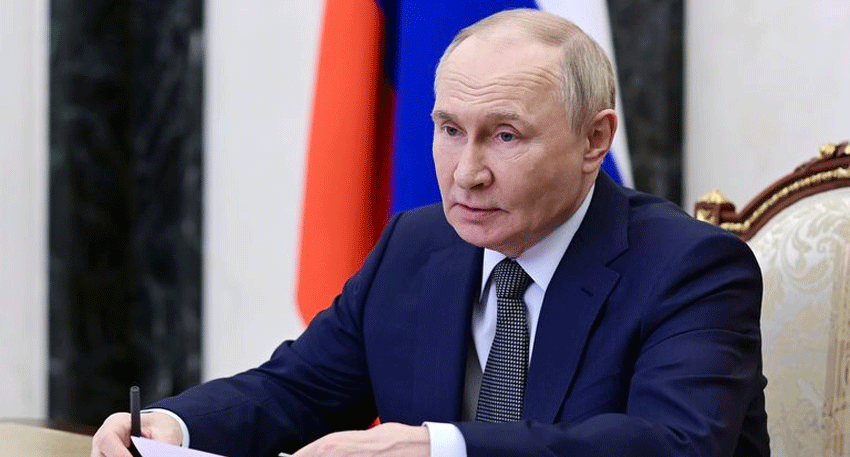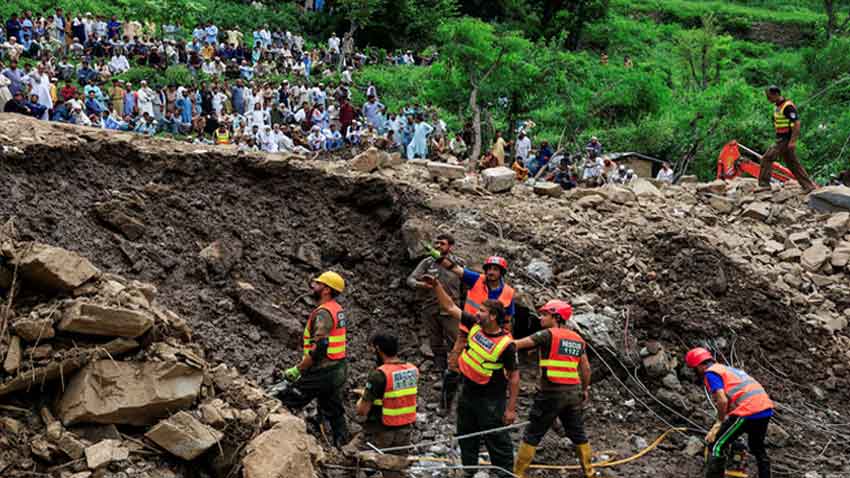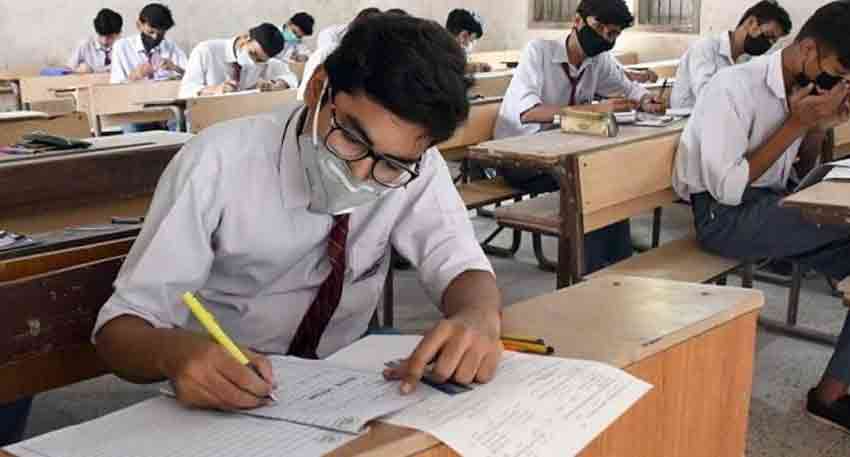
In a high-stakes meeting at an airbase in Alaska, Russian President Vladimir Putin and U.S. President Donald Trump talked through a possible peace deal to end Russia’s war in Ukraine.
Putin’s proposal reportedly demands that Ukraine give up its claim to the entire Donetsk and Luhansk regions in the east in exchange for Russia agreeing to freeze the current front lines in the southern regions of Kherson and Zaporizhzhia.
Russia would return only a small portion of land in the Sumy and Kharkiv regions around 440 square kilometers areas it holds near the northern border. Meanwhile, Ukraine maintains control of about 6,600 square kilometers in the Donbas region, which includes Donetsk and Luhansk and is central to the ongoing conflict.
Also Read: No peace deal yet: Trump, Putin wrap up Alaska talks
One of the most controversial parts of the offer is that Putin ruled out any ceasefire until a full agreement is signed. This is a major blow to Ukraine, where cities and civilians are targeted daily by Russian missile and drone strikes. Kyiv has made it clear that any proposal requiring withdrawal from the Donbas region is a non-starter, as it sees those territories as essential to national defense.
Putin is also believed to be pushing for formal international recognition of Crimea as Russian territory a region Moscow annexed in 2014 and the lifting of at least some international sanctions. It s unclear whether he expects this recognition from just the U.S. or from all Western nations and Ukraine. For its part, Ukraine and its allies have consistently rejected any move to legitimize Russia’s control over Crimea.
Another key demand includes preventing Ukraine from joining NATO. While Russia may allow some kind of security guarantee for Ukraine, details remain vague.
Trump reportedly mentioned the idea of an “Article 5-style” protection outside NATO, but what that would mean in practice is unclear. NATO’s Article 5 guarantees a collective response to attacks on any of its 32 member states a level of protection Ukraine currently does not enjoy but seeks as part of its long-term defense goals.
Russia also wants the Russian language to receive official status in parts of Ukraine and for the Russian Orthodox Church to operate freely. Ukraine’s government has accused the Moscow-linked church of acting as a tool for Russian propaganda and espionage, although the church denies the claims and says it has severed ties with Moscow. Ukraine has passed a law to ban Russian-affiliated religious groups, but it has yet to enforce it fully.
Although Trump said the two sides were “pretty close” to a deal, the reality is that Putin’s terms present serious political and territorial challenges for Ukraine and could be seen as an ultimatum rather than a compromise.




